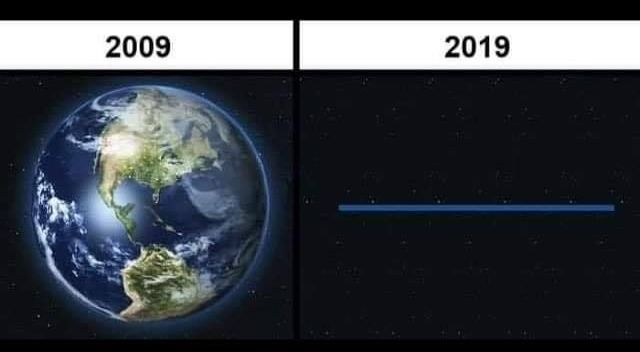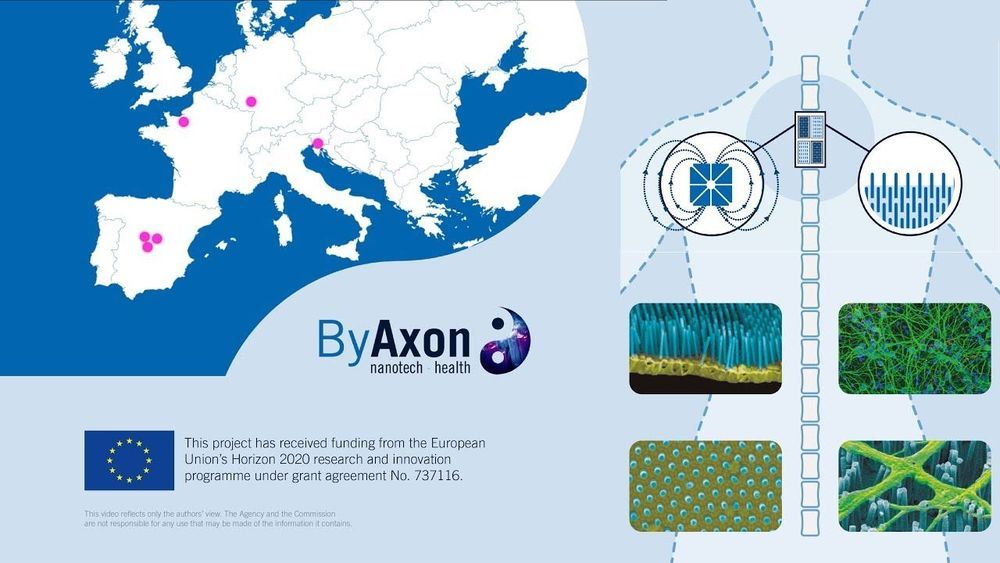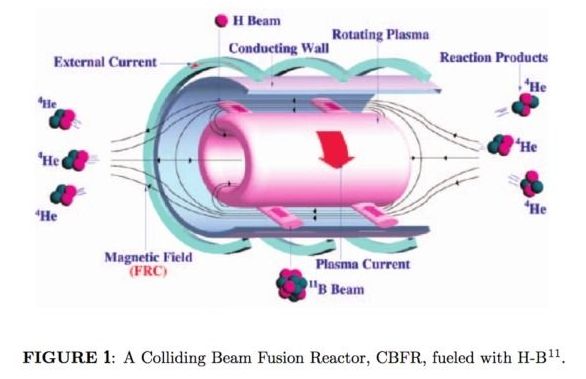Jan 22, 2019
Study describes metabolism of intestinal microbiota in babies for the first time
Posted by Xavier Rosseel in categories: biotech/medical, food, health
A research team with the participation of the Institute for Integrative Systems Biology (I2SysBio) of the University of Valencia, together with FISABIO and CIBERESP, has carried out the first metatranscriptomic study of the gut microbiota of babies, which has allowed to unveil the metabolism of the intestinal bacterial community during the first year of life, with a level of detail unknown until now.
This work has also involved researchers from the Joint Unit in Genomics and Health of the Foundation for the Promotion of Health and Biomedical Research of the Valencian Community (FISABIO) and the Biomedical Research Consortium in Epidemiology and Public Health Network (CIBERESP), dependent on the Carlos III Health Institute.
The environment is very important in the first years of life, both for the baby and for the bacteria of its gut microbiota. Bacteria and humans coexist in a harmonious symbiosis: people share with them the food they eat, which helps them to metabolise (10% of the energy obtained from food is as a consequence of bacterial action). In addition, bacteria influence the development of the immune and nervous systems.

















